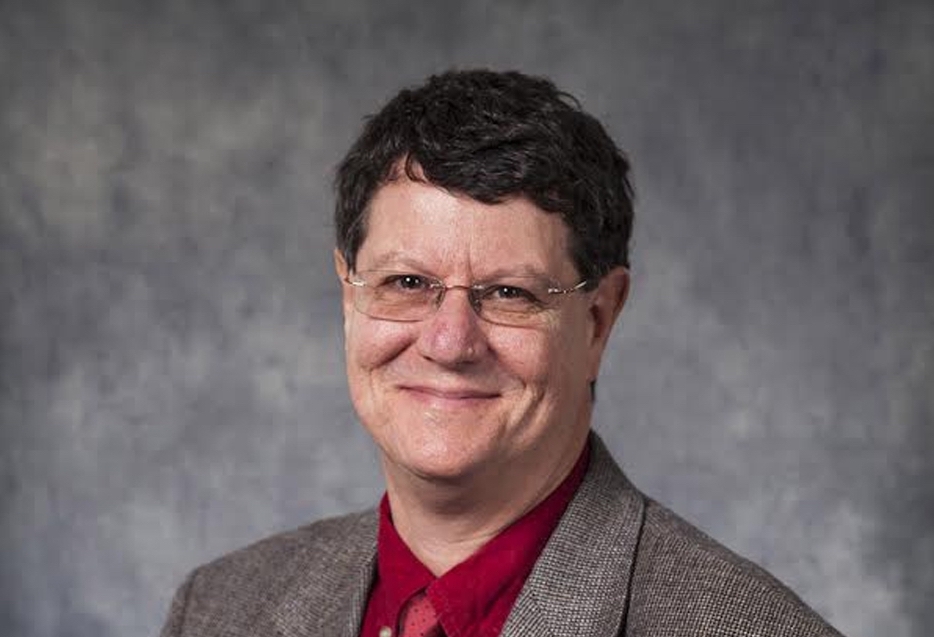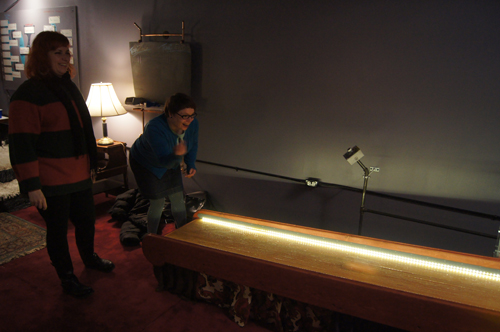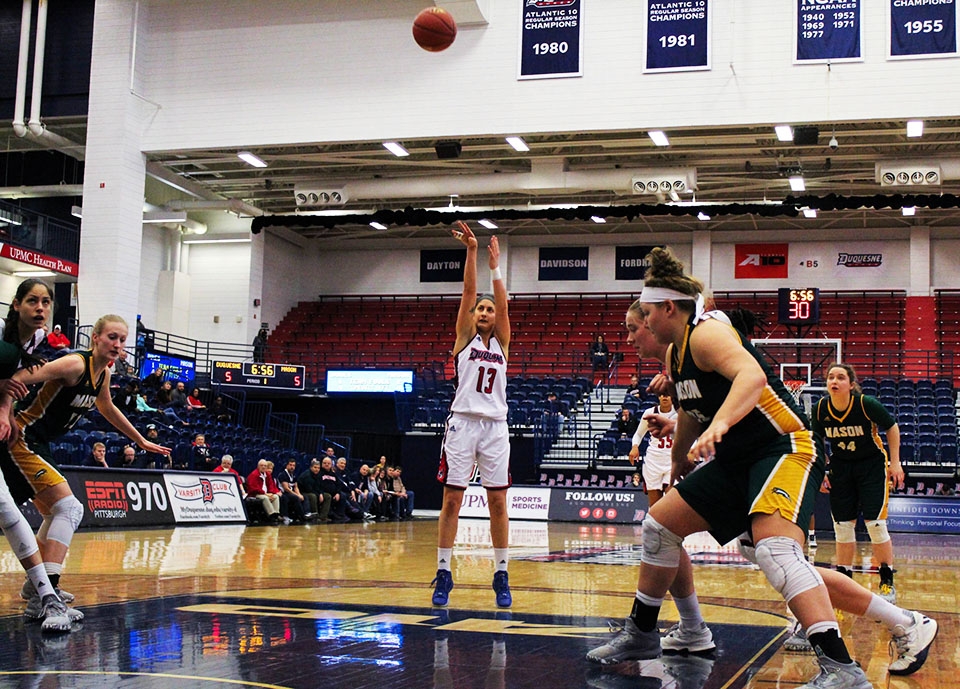
A photo of Pittsburgh’s Downtown skyline. Census data shows the city is facing sustained population decline, losing an average of 42 people a week over six years.
Raymond Arke | Asst. News Editor
Pittsburgh might seem big, but it might not stay that way for long.
Recently released data from the U.S. Census Bureau showed the Pittsburgh metro region dropped in population between the years 2010 and 2016.
According to an article in the Pittsburgh Business Times, the Census data found that over that six year period, the Pittsburgh metro region lost on average 42 people a week. Which was a drop of 0.6 percent of the total population. This was one of the biggest losses for a major metropolitan center in the country. Allegheny County, as a whole, also experienced a 0.2 percent decline in its population.
Chris Briem, a regional economist at the University of Pittsburgh’s University Center for Social and Urban Research, said that part of Pittsburgh’s population loss is that it corresponds with the whole country is aging more.
“The nation as a whole is getting older. The Baby Boomer generation is retiring,” he said.
Briem said that Pittsburgh has been struggling with population since the 1970s and the closing of the steel mills, when a lot of young, working people left town.
“We became one of the older regions in the nation … similar to Florida,” Briem said.
The region has been feeling the effects of that now, Briem explained.
“Pittsburgh is really one of the only large metro regions where there is more deaths than births,” he said.
Briem said that for seven years, between 2007 and 2014, Pittsburgh had “more people moving in, than moving out.” But in the past two years, it’s returned to net migration.
One of the reasons for the increased number moving out, could be because of the natural gas boom tuning down.
“Shale [drilling] has dropped. The mobile workforce has left,” Briem said.
One of the ways the population drain can be countered is if the trend continues of college graduates staying in the area. The Pew Charitable Trusts found that the amount of graduates living in Pittsburgh grew from 10 percent of the population to nearly 17 percent over a 14-year span.
According to “The Young and Restless and the Nation’s Cities” report by The City Observatory, found that Pittsburgh was one of three cities that had overall population loss, but had nearly a 30 percent increase in the demographic group of 25 to 34 year olds with a bachelor’s degree.
In a survey of the 2013-2014 Duquesne graduating class, it was found that nearly 65 percent of the class lives in Pennsylvania and of those, 46 percent live within the Pittsburgh metro region.
As of February 2017, there are over 19,000 Duquesne alumni living in Pittsburgh out of the 56,000 that live in Pennslyvania, according to the Office of Alumni Relations.
The trend of graduating college students staying local could be important for reversing the city’s losses, Briem pointed out. But will they keep choosing to live here?
“That’s the question, if they’re staying for the long run,” he said.



